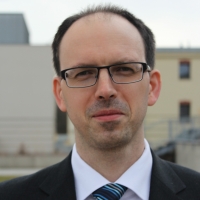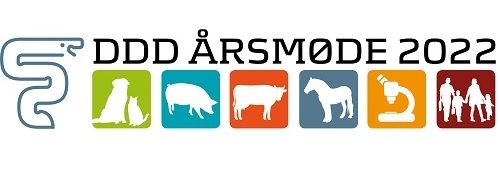
-
Vladimír Jekl
DVM, Ph.D., Dip. ECZM (Small Mammal Medicine and Surgery), Veterinary University Brno, Czech RepublicAssociate Professor, MVDr., Ph.D., Dip. ECZM (Small Mammal)
European Recognised Specialist in Zoological Medicine (Small Mammal)
Vladimír Jekl is a 2002 graduate of the University of Veterinary and Pharmaceutical Sciences (UVPS) Brno, Czech Republic. He obtained his PhD in exotic companion mammal dentistry in 2006. He has practiced exclusively exotic animal medicine and since 2009 is European Recognised Specialist in Zoological Medicine (Small Mammal Medicine and Surgery) and from 2016 he is Associate Professor at the VETUNI Brno, now working at the Department of Pharmacology and Pharmacy. From 2017 he is the co-owner of the Jekl & Hauptman Veterinary Clinic - Focused on Exotic Companion Mammals. He has lectured extensively through the Europe and the USA and he has published more 400 articles in regional and international journals and books, including chapters in BSAVA Manuals; Ferrets, Rabbits and Rodents Clinical Medicine and Surgery, 4th ed.; Practical Veterinary Dental Radiography, Clinical toxicology and Small Mammal Medicine. He also served as a consultant for clinical cases (small mammal medicine and surgery). His current focus involves dental disease, internal medicine, diagnostic imaging and soft tissue surgery in small mammals.
Speaker til følgende sessioner-
11:10 - 12:00 Anatomy Oral cavity examination13:15 - 14:00 Radiography and computed tomography in rabbits14:15 - 15:00 Radiography and computed tomography in guinea pigs15:45 - 16:30 Premolar and molar disease16:45 - 17:30 Dentistry in guinea pigs09:00 - 09:40 Basic clinical procedures in small mammals09:50 - 10:30 Desexing of males11:00 - 11:40 Desexing of females14:45 - 15:25 GI tract surgeries in rabbits15:35 - 16:15 Ear surgeries in rabbits and rodents09:00 - 09:40 Respiratory disease in rabbits. Foredragssponsor LABOKLIN09:50 - 10:30 Endocrinopathies in rodents. Foredragssponsor LABOKLIN13:50 - 14:30 Skin diseases in rabbits15:00 - 15:40 Urinary tract disorders15:50 - 16:30 Urinary tract surgeries
-
